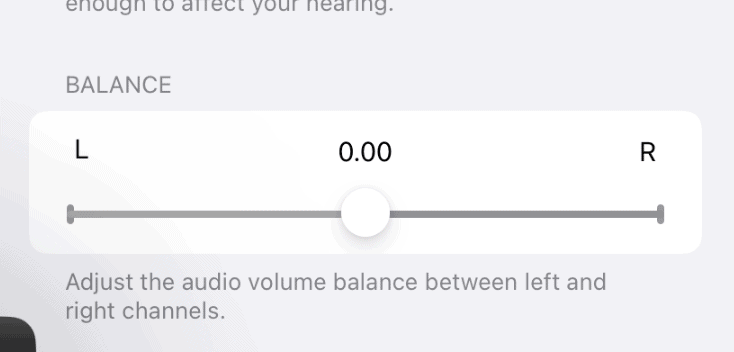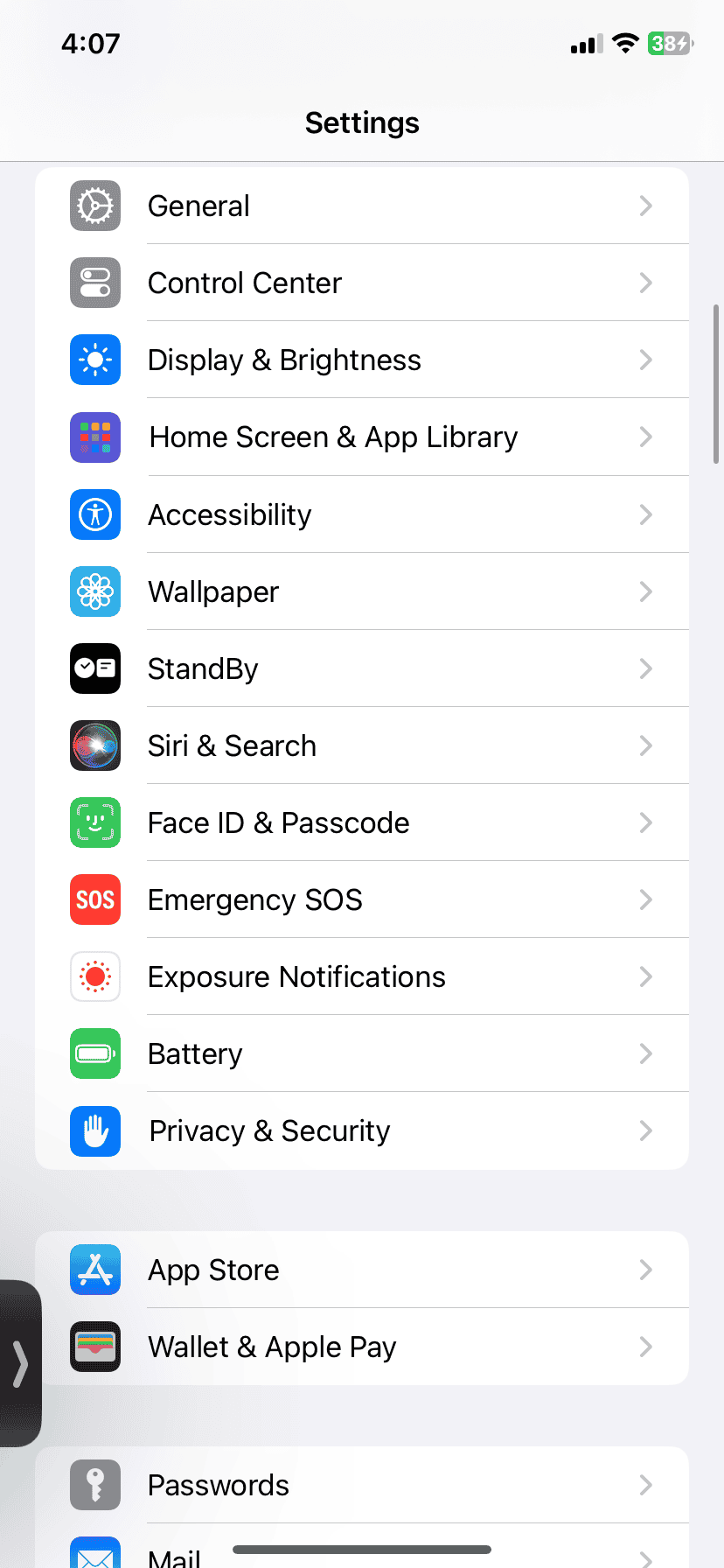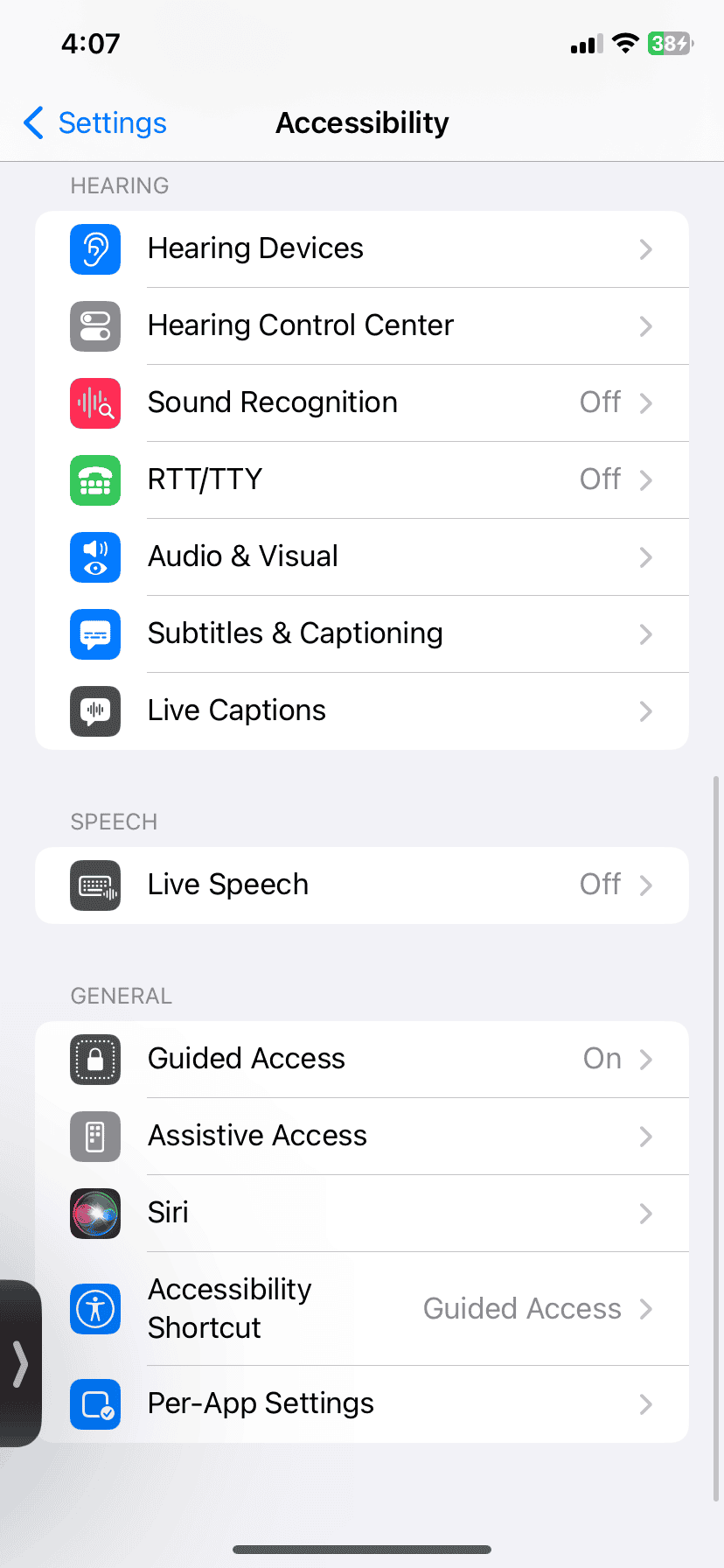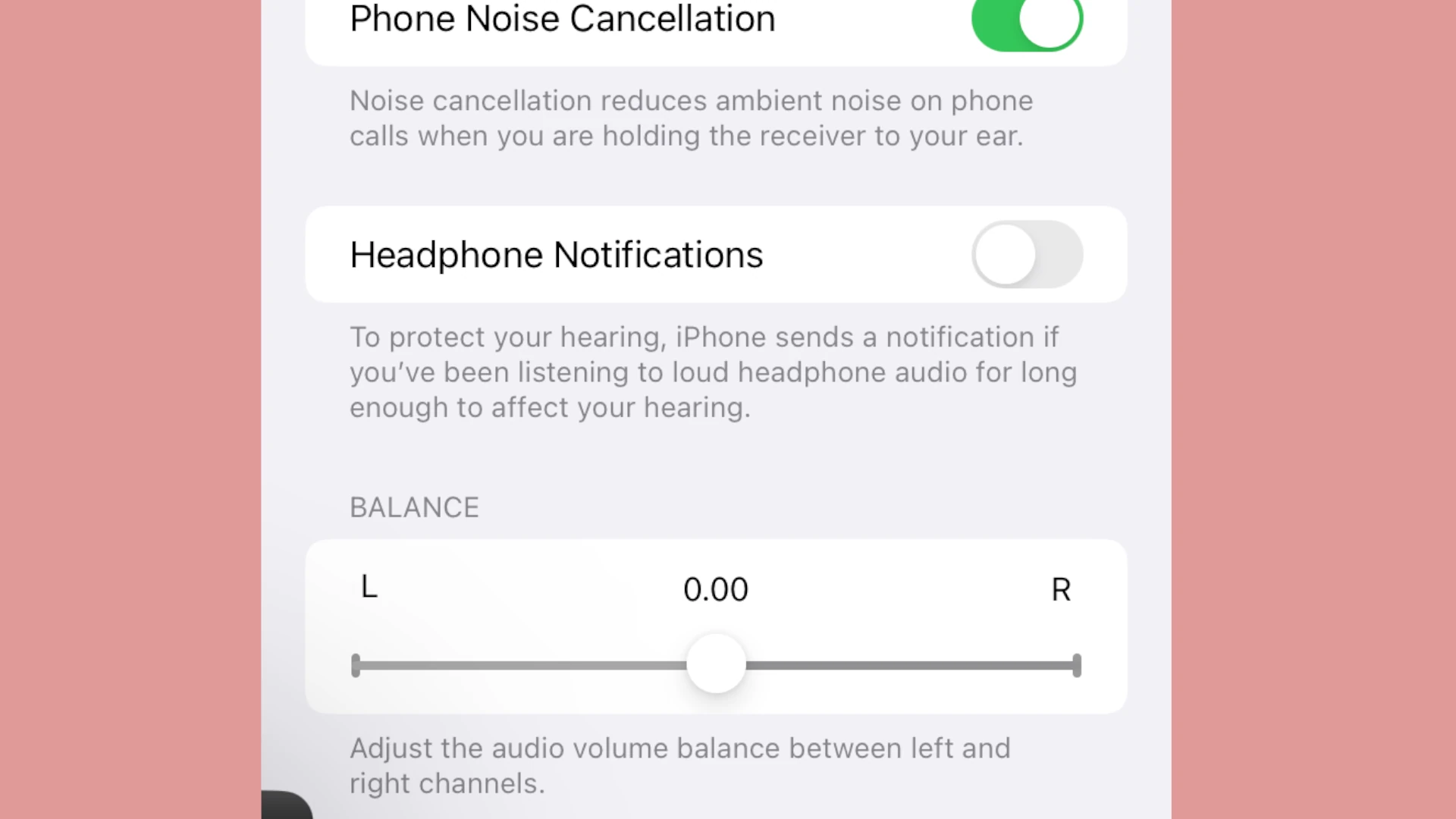Adjusting audio balance on iPhone can greatly improve your listening experience. This feature allows you to control the sound output between the left and right channels of your device. To adjust audio balance on iPhone, go to Settings > Accessibility > Audio & Visual, then use the slider under Balance to set your preferred left-right balance.

Many iPhone users don’t know about this helpful option. It can be useful if you have hearing loss in one ear or if your headphones aren’t working properly on one side. Changing the audio balance can make music, podcasts, and phone calls sound clearer and more enjoyable.
The process is quick and easy. Once you’ve adjusted the balance, test it out with different types of audio. You may need to fine-tune the settings to find the perfect balance for your ears.
Fine-Tuning Your iPhone’s Audio Balance
When to Adjust Audio Balance

Adjusting the audio balance on your iPhone can be useful in several situations:
- Hearing differences: If you have better hearing in one ear than the other, adjusting the balance can help compensate and provide a more even listening experience.
- Headphone issues: If one of your headphone speakers is louder than the other, you can temporarily adjust the balance until you get it fixed.
- Personal preference: Some people simply prefer a slightly louder sound in one ear or the other.
Easy Steps to Adjust Balance
Follow these simple steps to adjust the audio balance on your iPhone:

- Go to Settings.
- Tap on Accessibility.
- Select Audio & Visual.
- Under the “Balance” section, you’ll see a slider.
- Drag the slider to the left or right to adjust the balance between the left and right channels.
- You can also tap the “L” or “R” buttons to quickly switch the balance all the way to one side or the other.

Additional Audio Adjustments
Besides balance, the Audio/Visual settings also offer other options to customize your iPhone’s audio output:
- Mono Audio: This combines the left and right channels into a single mono channel, which can be helpful for people with hearing loss in one ear.
- Headphone Accommodations: This feature allows you to customize the audio for your specific hearing needs, including boosting certain frequencies or amplifying soft sounds.
Remember: It’s About Your Comfort
The ideal audio balance setting will vary depending on your individual needs and preferences. Don’t be afraid to experiment with different settings until you find what sounds best for you. Remember, you can always reset the balance to the center if needed.
Key Takeaways
- Audio balance adjustment is found in iPhone Accessibility settings
- Changing balance can help with hearing issues or faulty headphones
- Test different audio types after adjusting to find the best setting
Understanding Audio Balance on iPhone
Audio balance on iPhone lets you adjust sound between left and right ears. This helps people hear better and makes music and calls sound clearer.
Importance of Balanced Audio
Balanced audio is key for good sound on your iPhone. It makes sure both ears hear the same volume. This is great for music, videos, and phone calls. If you have trouble hearing in one ear, you can change the balance. This lets you hear better from your good ear.
Audio balance also helps people with hearing aids. They can set the sound to work best with their device. This makes it easier to use the iPhone for everyone.
Stereo Sound and Accessibility
Stereo sound uses two channels to create a full, rich audio experience. But some people may need to adjust this. iPhones have a mono audio option for those who hear better in one ear. This puts all sound into one channel.
The iPhone also has other audio settings for different needs. You can boost soft sounds or change certain sound frequencies. This helps people with hearing loss enjoy their iPhone more. These tools make iPhones more accessible to all users.
Adjusting Audio Balance through Settings
The iPhone offers ways to fine-tune audio balance for a better listening experience. Users can tweak settings to match their hearing needs or preferences.
Navigating to Sound Settings
To adjust audio balance on an iPhone, start by opening the Settings app. Tap “Accessibility” and then select “Audio/Visual.” This menu has options for changing sound output.
The Audio/Visual screen shows different sound controls. Look for the “Balance” option, which lets you adjust left-right audio balance.
Using the Balance Slider
The balance slider is the main tool for adjusting audio balance. It’s a bar with a dot in the middle. Slide the dot left or right to change the sound balance.
Moving the slider to the left makes sound louder in the left ear. Moving it right increases volume in the right ear. The middle position gives equal sound to both ears.
Try small changes at first. Play music or a video while adjusting to hear the difference.
Custom Audio Setups
iPhones also offer Headphone Accommodations for more advanced audio settings. This feature can boost soft sounds and adjust certain frequencies.
To use Headphone Accommodations:
- Go to Settings > Accessibility > Audio/Visual
- Tap “Headphone Accommodations”
- Turn on the feature
- Choose a preset or make custom settings
You can also add an audiogram if you have one from a hearing test. This helps tailor the audio to your specific hearing needs.
Additional Considerations for Enhanced Audio
Adjusting audio balance is just one part of getting great sound on your iPhone. Other factors can affect your listening experience too.
Working with Different Audio Devices
Different headphones and speakers have unique sound profiles. AirPods and AirPods Pro offer features like Adaptive EQ and spatial audio. These adjust sound based on ear shape and head movement. For other devices, try the iPhone’s built-in EQ settings. Go to Settings > Music > EQ to pick a preset that matches your audio device.
Bluetooth earbuds may have their own apps with extra controls. Check the App Store for companion apps from your headphone maker. These often let you fine-tune sound beyond iPhone settings.
For wired headphones, the iPhone’s headphone jack adapter supports high-quality audio. Make sure it’s fully plugged in for the best sound.
Personalizing Experience for Music and Calls
Music and calls need different audio settings. For music, use the EQ presets in Settings to boost bass or vocals. The Late Night setting can make quiet parts louder without increasing overall volume.
For calls, turn on Voice Isolation in Control Center. This uses AI to cut background noise and make voices clearer. If you’re in a quiet place, Wide Spectrum mode captures more ambient sound.
You can also make custom audio profiles. Go to Settings > Accessibility > Audio/Visual > Headphone Accommodations. Follow the hearing test to create settings tailored to your ears.
Ensuring Audio Quality and Safety
High-quality audio files sound better. Use lossless audio in Apple Music or high-bitrate files from other services. But be careful – these use more data when streaming.
Keep your iPhone’s volume at a safe level. iOS shows warnings when volume is too high for long periods. You can set a max volume limit in Settings > Sounds & Haptics.
Clean your headphones and speakers often. Dust and earwax can muffle sound. For AirPods, use a soft, dry cloth. Never use liquids, which can damage them.







